The Most Unusual Satellite in Our Solar System
Written on
Chapter 1: Introduction to Solar System Satellites
Most planets in our solar system are accompanied by satellites. For instance, Saturn boasts an impressive 62 satellites, while Jupiter has 79. In contrast, Earth has only one, Mars has two, and both Mercury and Venus lack any satellites entirely. This article will delve into what I consider the most peculiar satellite in our solar system.

Source: nasa.gov
Chapter 2: Unveiling Iapetus
Meet Iapetus, a satellite of Saturn, discovered in the 17th century by the renowned Italian astronomer Cassini. Initially, little seemed remarkable about this moon, aside from its significant tilt relative to Saturn's equator, which, while intriguing, wasn't particularly extraordinary.
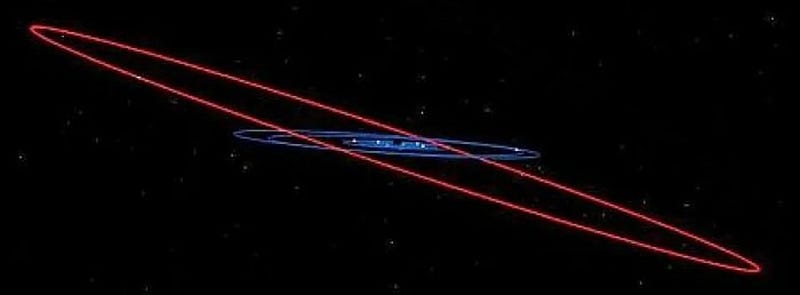
Source: forbes.com
The peculiarities of Iapetus only became apparent following interplanetary missions, first explored by Voyager in the 1980s and later by the Cassini spacecraft in the early 2000s. From a certain angle, Iapetus bears a striking resemblance to the Death Star from Star Wars.
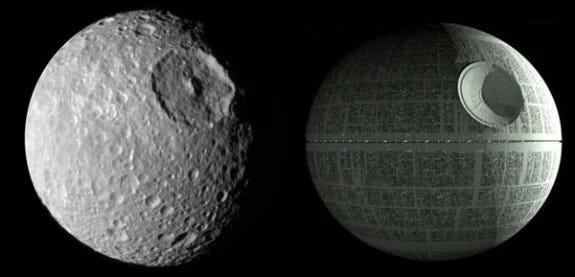
Source: cosmobc.com
While this resemblance might be entertaining, it’s not the true oddity of Iapetus. The real mystery lies in its striking contrast: one hemisphere is completely dark, while the other shines brightly, with the bright side being approximately 20 times more luminous than the dark.
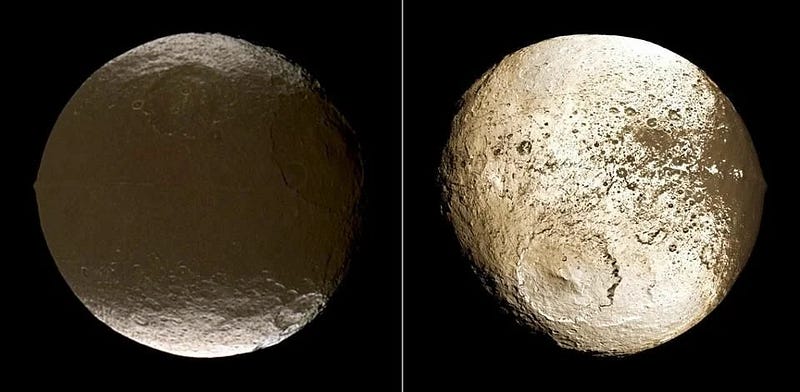
Source: forbes.com
Continuing the Star Wars theme, the phrase “Go to the Dark Side” takes on an amusing twist here. For a long time, scientists struggled to explain this unusual color differentiation. However, recent research suggests that another one of Saturn's moons, Phoebe, plays a crucial role in this phenomenon.
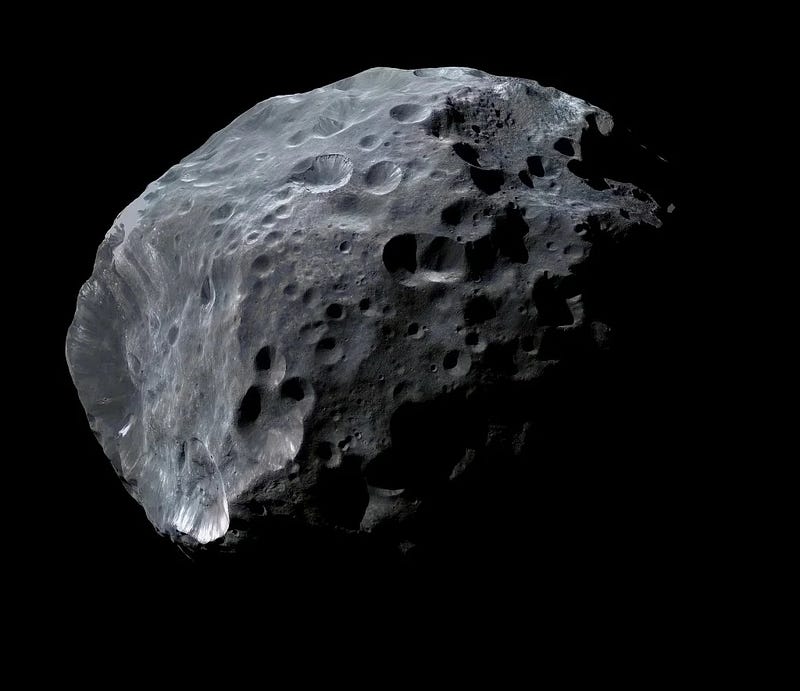
Source: nasa.gov
Phoebe is unlike Saturn’s other moons; it was not formed alongside the planet. Instead, it is a massive rock that was captured by Saturn’s gravitational pull. This satellite emits a stream of tiny particles, which are propelled by solar winds. These particles contribute to the outermost ring of Saturn, which is not visible to the naked eye.

Source: planetary.org
As Iapetus orbits Saturn, it passes through the inner layers of Phoebe's ring, allowing these particles to settle on its surface. Due to Iapetus's synchronized rotation—where one side always faces Saturn—this accumulation occurs predominantly on one side.

Source: nasa.gov
Consequently, Iapetus exhibits its distinctive two-tone appearance. The bright side primarily consists of ice. Had Saturn not captured Phoebe, Iapetus might have resembled Enceladus, another of Saturn's moons, known for its brightness.
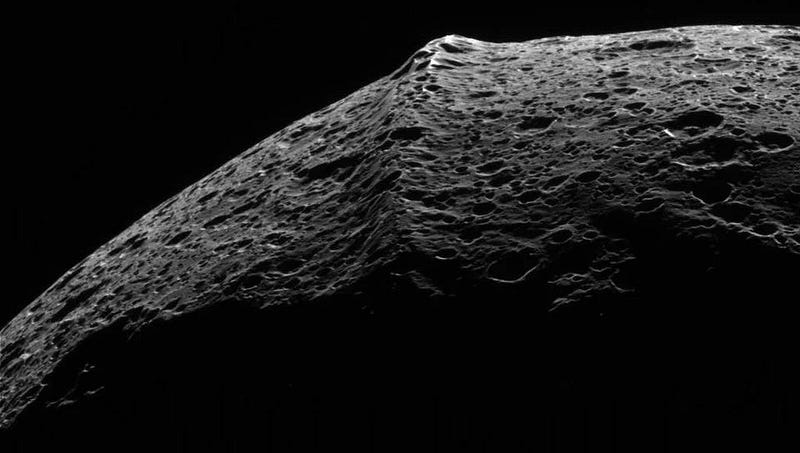
Source: nasa.gov
Chapter 3: Iapetus's Unique Geology
Another fascinating feature of Iapetus is its equatorial mountain range, which encircles the moon. These mountains reach heights of 8 to 13 kilometers, although they are not continuous on the bright side and consist only of isolated peaks aligned along the equator.
The relatively slow rotation of Iapetus cannot solely account for the formation of these mountains through centrifugal forces. It’s possible that in its earlier history, when Iapetus was a partially molten planetesimal, it rotated much faster, allowing centrifugal forces to shape its equator. As it cooled, these features solidified into the ridged structure we observe today.
Another theory posits that Iapetus may have once possessed a ring system that eventually collapsed onto its surface, contributing to the mountain range. However, neither theory clarifies why this ridge is exclusive to Iapetus’s dark side.
The first video, "Top Ten Weirdest Things in the Solar System," explores some of the most unusual celestial bodies, including Iapetus and its fascinating features.
The second video, "The Most Unusual Satellites Of The Solar System | Planet balls," provides a closer look at unique satellites, including Iapetus and its intriguing dynamics.
Feel free to engage with our content if you wish to learn more about space! Subscribe to our channel and submit your questions, which I will address in future articles.